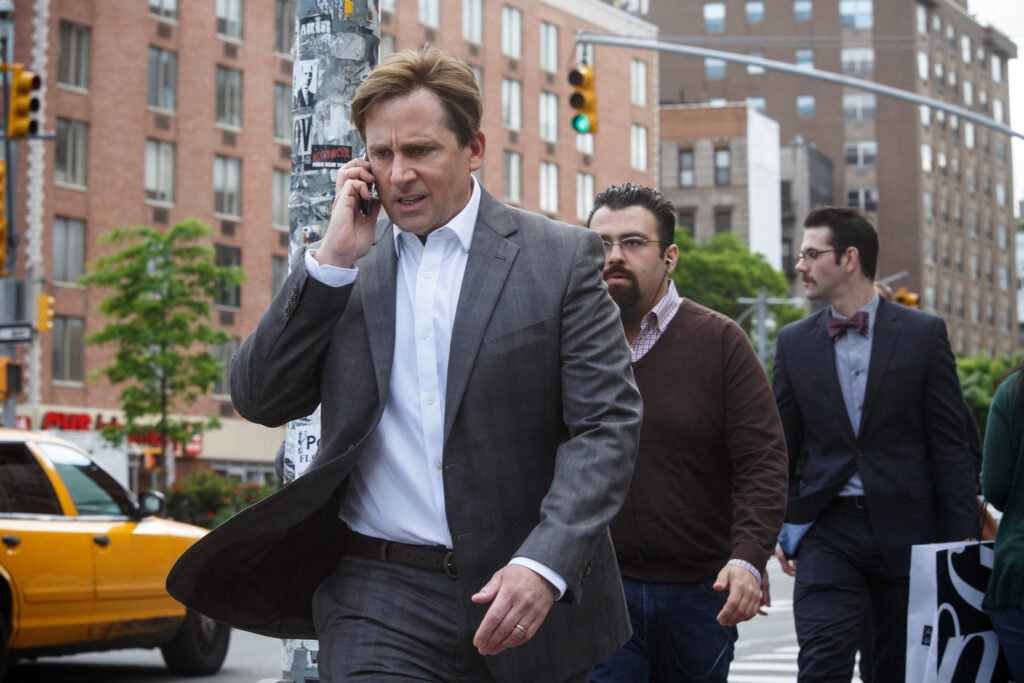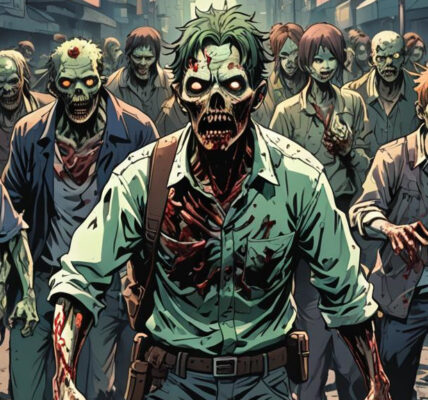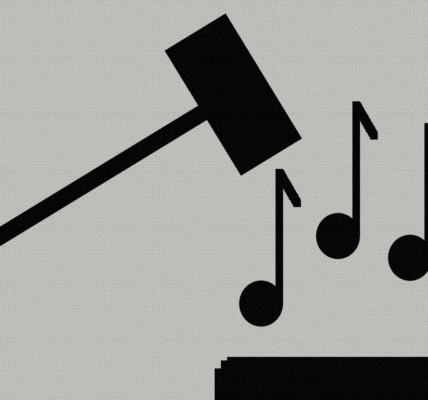
As an economics expert deeply entrenched in the intricacies of financial markets and economic theory, I approached Adam McKay’s “The Big Short” with both anticipation and skepticism. The film, based on Michael Lewis’s book of the same name, delves into the events leading up to the 2008 financial crisis, offering a dramatized account of the housing market collapse and the subsequent fallout on Wall Street. While “The Big Short” undoubtedly captivates audiences with its stellar cast and gripping storytelling, its portrayal of complex economic concepts and real-life events warrants a closer examination.
One of the film’s greatest strengths lies in its ability to simplify complex financial instruments and mechanisms for a mainstream audience. Through clever narration and fourth-wall-breaking explanations by characters such as Jared Vennett (played by Ryan Gosling) and Margot Robbie in a bubble bath, the film succeeds in making arcane topics such as collateralized debt obligations (CDOs) and credit default swaps (CDS) accessible to viewers without a background in finance. This approach not only enhances the film’s entertainment value but also serves as a valuable educational tool, shedding light on the opaque world of high finance.
Moreover, “The Big Short” deserves commendation for its commitment to accuracy in portraying the events leading up to the financial crisis. From the rampant speculation in the housing market to the reckless behavior of financial institutions and the complicity of credit rating agencies, the film meticulously reconstructs the sequence of events that culminated in the meltdown of 2008. The characters’ skepticism and frustration with the prevailing consensus on Wall Street mirror the sentiments of real-life investors who foresaw the impending collapse and sought to profit from it.
However, while “The Big Short” excels in capturing the broader narrative of the financial crisis, it inevitably takes creative liberties in its portrayal of individual characters and events. The depiction of eccentric hedge fund manager Michael Burry (played by Christian Bale), for instance, may veer into caricature at times, presenting him as a socially awkward savant obsessed with heavy metal music and financial analysis. Similarly, the inclusion of celebrity cameos and comedic interludes, while entertaining, may detract from the seriousness of the subject matter and undermine the film’s credibility in the eyes of some viewers.
Nevertheless, these minor shortcomings do not diminish the overall impact and relevance of “The Big Short” as a cinematic exploration of one of the most significant economic crises of our time. By weaving together elements of drama, comedy, and documentary-style exposition, McKay delivers a thought-provoking and visually compelling narrative that invites audiences to reflect on the systemic flaws and moral failings that precipitated the collapse of the housing market. As an economics expert, I applaud the film’s commitment to accuracy and its ability to spark conversations about the ethical responsibilities of financial institutions and the enduring lessons of the 2008 financial crisis.





